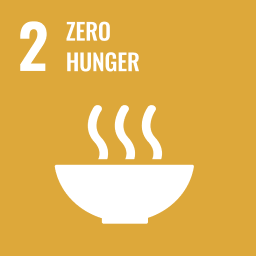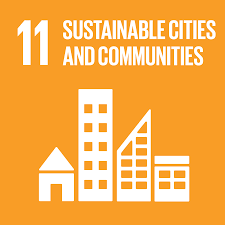The action and its aims
Kampala introduced five ordinances (city laws) that establish safety and sanitation requirements for urban agriculture as a legal practice contributing to food security, that ensure land tenure for practitioners through a permit system, and that set up support services. The aim was to enable residents to grow their own food legally and safely in permitted areas of the city.
When it was introduced
The ordinances were authorised in 2005 and entered into force in 2006.
Why it was needed
A legal framework was needed because urban agriculture was technically illegal in Kampala, even though many urban poor had been growing food for their families since the 1970s. Practitioners were vulnerable to enforcement of by-laws and lacked access to technology and other support services.
Who initiated it, who is involved
A multi-sector non-profit organisation, the Kampala Urban Food Security, Agriculture and Livestock Coordinating Committee (KUFSALCC), led development of the ordinances. Membership included NGOs, local government (Kampala City Council), national government (Ministry of Agriculture, Animal Industry and Fisheries), and universities and research bodies (Makerere University, National Agriculture Research Organisation, Consultative Group on International Agricultural Research (CGIAR). Urban farmers and other community actors were encouraged to participate in developing the ordinances via workshops and consultations. International organisations supported KUFSALCC (Canada’s International Development Research Centre (IDRC), the UK Department for International Development, CGIAR’s Urban Harvest programme).
Impacts to date
Impact data on food security and nutrition are not available, and many poor farmers remain unaware of the ordinances. However, local government is more accepting of urban agriculture, e.g. Kampala City Council leases land for its Edible Landscape Projects to show the value of including urban agriculture in city planning.
More information: Similar to Kampala’s ordinances is the 2015 Nairobi Urban Agriculture Promotion and Regulation Act (Kenya), which provides a regulatory framework to enable and encourage an increase in agricultural production throughout the city, using safe and sanitary methods, and, as a result, food security.


